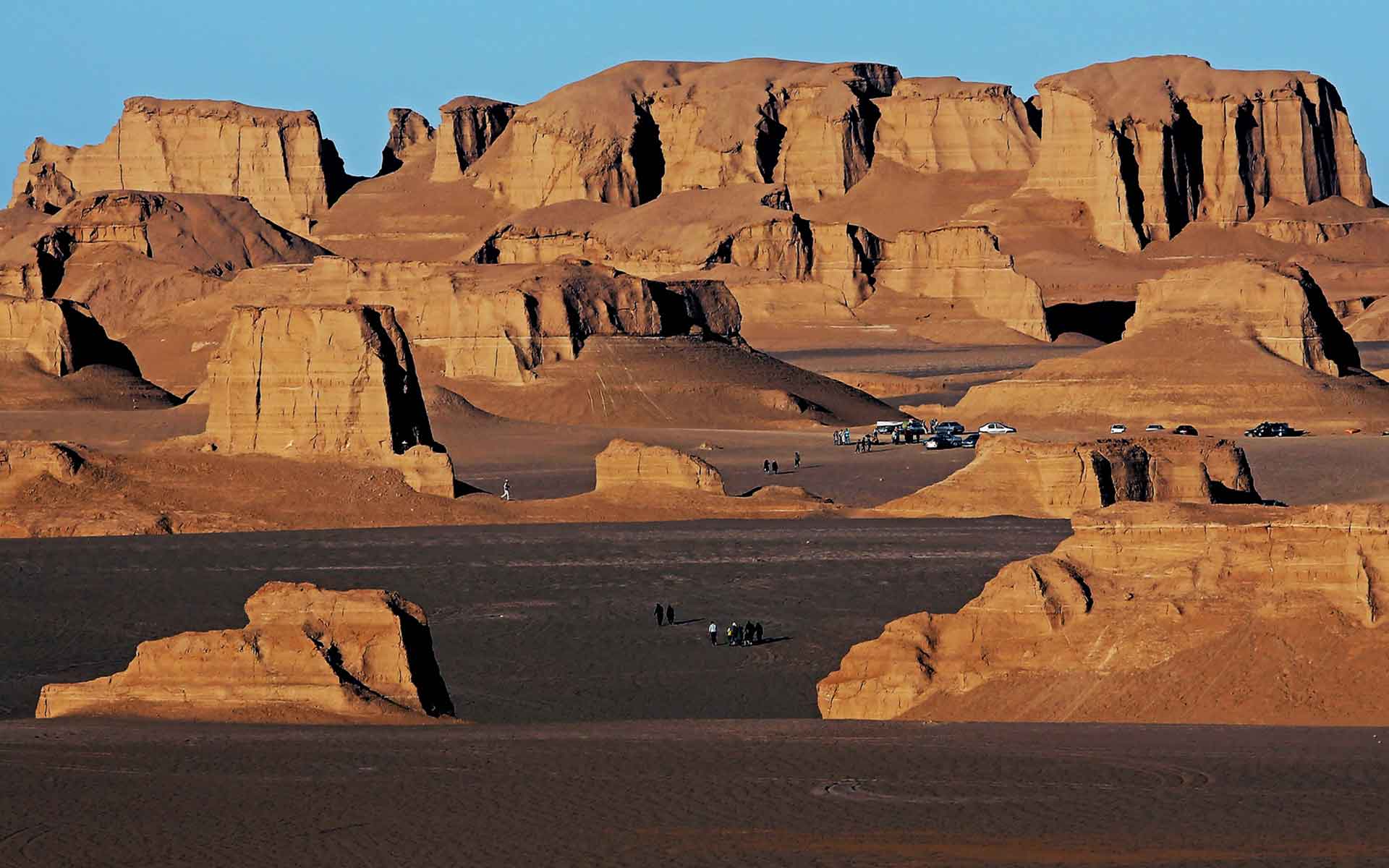
Yardangs are striking geological formations shaped by wind erosion, typically found in arid and semi-arid regions. These elongated, streamlined ridges and valleys form when strong, persistent winds erode the surface material of a desert landscape. The term "yardang" comes from the Persian word "yerdang," meaning "ridge," which reflects their distinctive appearance.
The formation of yardangs involves a complex interplay of factors. Wind picks up and transports loose sand and dust, gradually wearing away softer rock and leaving behind ridges of harder material. Over time, this process carves out parallel ridges and deep valleys, aligned with the direction of the prevailing wind. The hardness of the underlying rock also influences the formation; softer rocks erode more quickly, while harder rocks resist, creating the characteristic streamlined shapes.
Yardangs can be observed in several prominent deserts around the world. The Sahara Desert is home to some of the most impressive examples, showcasing the powerful effects of wind erosion. In the Atacama Desert in Chile and the Mojave Desert in California, yardangs also reveal the impact of persistent winds on the landscape.
Studying yardangs provides valuable insights into wind erosion and sediment transport processes. They help geologists understand past and present climatic conditions, as well as the dynamics of desertification. As natural laboratories, yardangs offer a fascinating glimpse into the forces that shape some of the world’s most dramatic and arid landscapes.
Yardangs are a testament to the power of wind in shaping the Earth's surface. These elongated, wind-sculpted ridges and valleys offer a glimpse into the dynamic processes that create desert landscapes. As natural laboratories for studying erosion and sediment transport, yardangs continue to fascinate scientists and nature enthusiasts alike, highlighting the incredible forces at work in our planet's most arid environments.
